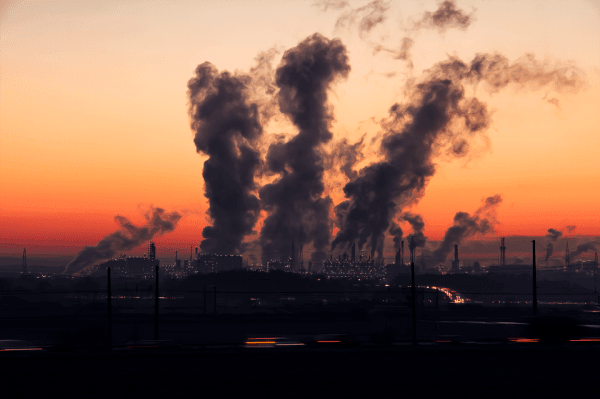Kamita Gray and her mom have spent a lot of time volunteering at Brandywine Elementary School, helping kindergarteners learn to write their names and making sure everyone has a turkey on Thanksgiving and Christmas. Every time they’re at the Maryland school, they’re struck by the heavy black smoke from diesel trucks roaring by, en route from construction sites or delivering mining waste to dumps.
Within a 15 mile radius of the predominantly African-American community of Brandywine, you can go on a grand tour of environmental hazards, seeing everything from a sludge lagoon to a coal waste site. By 2019, when two new plants start running, Brandywine will have three large fossil fuel power plants within 2.9 miles—clustered right by the elementary school. Nowhere else in Maryland has as many.
Because Brandywine is an unincorporated community, there’s no mayor or town council to advocate for it. The county representative didn’t show up to the power plant hearings between 2013 and 2015. The plant approval process in Maryland doesn't require air quality data to be collected before construction—and the closest functioning air quality station is 30 miles away. So Brandywine’s residents have never been able to compare air quality data before and after a new industrial site was built to see if things had gotten worse. As the new plants were approved, Gray, in her role as president of the Brandywine TB Neighborhood Coalition, was left to worry over how the heavy industrial pollution would affect local health.
Read more at Wired
Photo Credit: SD-Pictures via Pixabay


